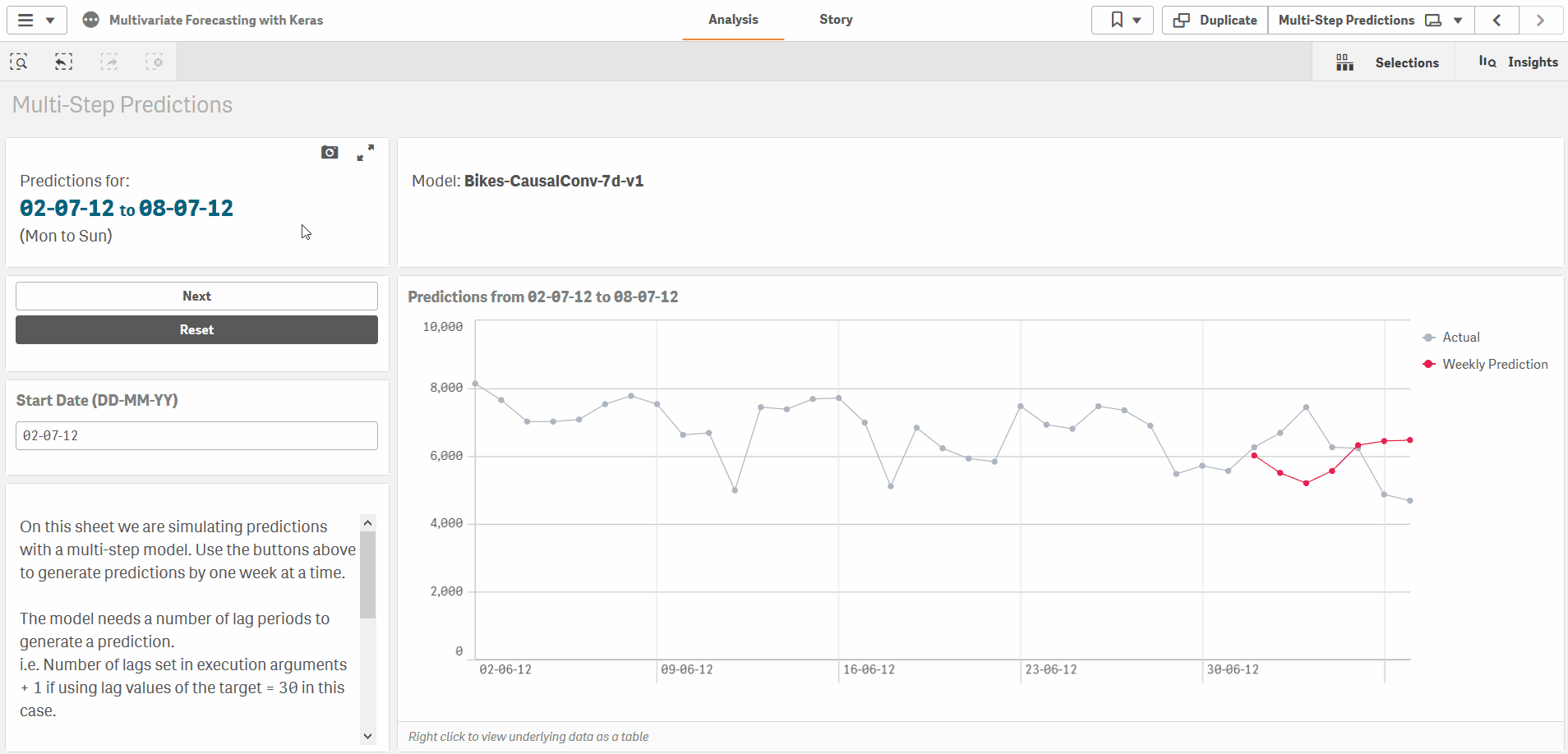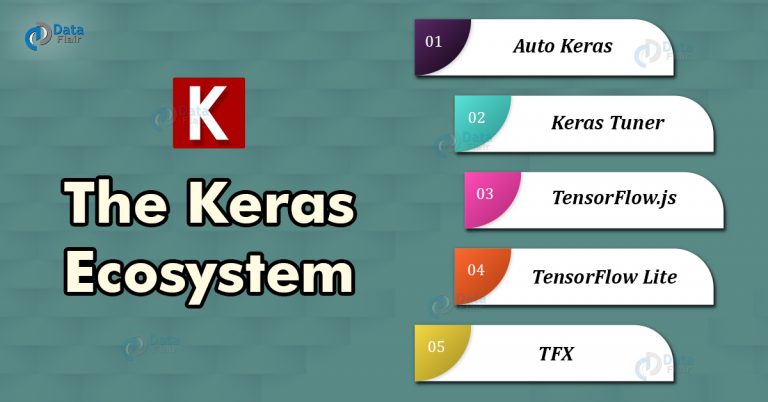
One final thing I need to mention is that the filenames for both directories need to match if you want to successfully pair the image and corresponding mask.
Image data generator keras zip#
In summary, you will simply take the two ImageDataGenerators that you created, zip them together, then have a loop that will yield each batch of training images and expected output labels. Therefore, create a new function that will output a collection of tuples that give you the image and the mask. This is of course no longer the case when you're trying to do semantic segmentation.
Image data generator keras generator#
By simply using the data generator on its own, the sub-directories will implicitly encode the expected label of the image. Specifically, the way fit_generator works is that yields a sequence of tuples such that the first element of the tuple is the image and the second element of the tuple is the expected output. You will need to make a new function that will generate both the training image and corresponding mask that you will use to feed into the fit_generator method. It would be great if someone can suggest a way to do this properly using Keras or Tensorflow. With the above approach although I am getting the same augmentations applied to both image and mask, the images are not getting paired with their respective masks according to their filenames. ).flow_from_directory('./new/ground_truths', batch_size = 16, target_size = (150, 150), seed = SEED)

Mask_data_generator = ImageDataGenerator( ).flow_from_directory('./new/rendered_images', batch_size = 16, target_size = (150, 150), seed = SEED) Image_data_generator = ImageDataGenerator( My approach was the following: SEED = 100 I tried writing an ImageDataGenerator for augmenting both the images and their respective masks in exactly the same way. In the above directory structure, image_.tif. The dataset that I am using has the images and masks stored in separate directories and each filename has is an id for mapping an image file with its respective mask.įollowing is the structure of my dataset directory: new If you use this software, please cite it using the metadata from this CITATION.I am trying to build a semantic segmentation model using tensorflow.keras.

Generates a balanced per batch tf.data.Dataset from image files in a directory. Usage from kerasgen.balanced_image_dataset import balanced_image_dataset_from_directory train_ds = balanced_image_dataset_from_directory ( directory, num_classes_per_batch = 2, num_images_per_class = 5, image_size = ( 256, 256 ), validation_split = 0.2, subset = 'training', seed = 555, safe_triplet = True ) val_ds = balanced_image_dataset_from_directory ( directory, num_classes_per_batch = 2, num_images_per_class = 5, image_size = ( 256, 256 ), validation_split = 0.2, subset = 'validation', seed = 555, safe_triplet = True ) This datagenerator is compatible with TripletLoss as it guarantees the existence of postive pairs in every batch. A Keras/Tensorflow compatible image data generator for creating balanced batches.


 0 kommentar(er)
0 kommentar(er)
